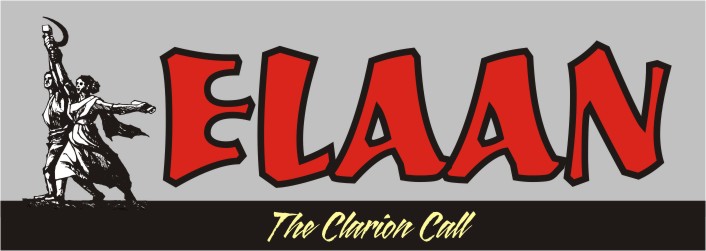
As 26th January approaches each year, we find little children in tattered clothes scurrying across the traffic signals to sell their tricolor merchandise to the occupants of the whizzing cars that stop at the red signals. The approaching “Republic Day” gives them some hope to sell their stock of plastic flags for perhaps a better meal!
While the poor to survive have to sell the symbol of our republic, the rich are selling the republic itself. The choice of who would be the Chief Guest of the Republic day celebration is also decided not on the stature of our guest but on financial consideration. This year, the President of South Korea Mr. Lee Myung Bak was invited to preside over the Republic day parade, guess for what reasons? Because the South Koreans are investing the highest amount to establish the gigantic POSCO!
POSCO, is the world's fourth largest steel producer and one of the most competitive steel companies in the world. POSCO-India's proposed investment is the highest ever Foreign Direct Investment in India. The company has ambitious expansion plans in India, hoping to invest some $19 billion in the country. Five years ago Posco unveiled plans to build India's largest steel mill in the State of Orissa on the Bay of Bengal.
Because of local opposition, though, the project has suffered extensive delays and Posco hasn't even secured a 4,000-acre property promised for the steel plant. For more than four years the Posco Pratirodh Sangram Samity (PPSS) has been bravely resisting attempts to displace over 30,000 people in Jagatsinghpur District of Orissa by POSCO, which wants to set up a steel company and a port on their lands. The Korean steelmaker is hoping the visit to New Delhi by South Korean President Lee Myung Bak will clear the way for its $19 billion in proposed investments in India.
The republic which was meant to be of the people by the people and for the people to empower the common man has now become the podium for auction to the highest bidder. May be in the next republic day we find the displaced children of Jagatsinghpur of Orissa selling their tricolor flags in your city with the small prints behind the flags “made in South Korea”!






